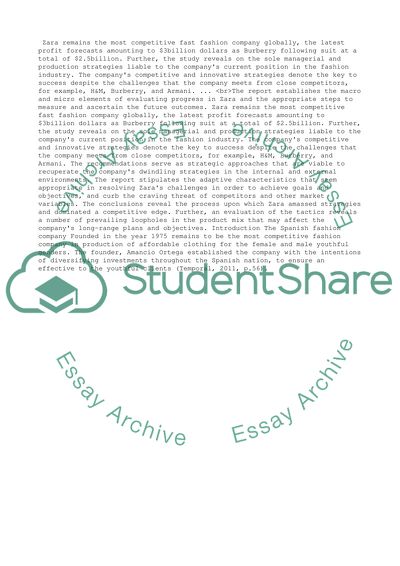Cite this document
(“Zara clothing company Essay Example | Topics and Well Written Essays - 4000 words”, n.d.)
Retrieved from https://studentshare.org/business/1474620-zara-case-study-please-look-at-order-instruction
Retrieved from https://studentshare.org/business/1474620-zara-case-study-please-look-at-order-instruction
(Zara Clothing Company Essay Example | Topics and Well Written Essays - 4000 Words)
https://studentshare.org/business/1474620-zara-case-study-please-look-at-order-instruction.
https://studentshare.org/business/1474620-zara-case-study-please-look-at-order-instruction.
“Zara Clothing Company Essay Example | Topics and Well Written Essays - 4000 Words”, n.d. https://studentshare.org/business/1474620-zara-case-study-please-look-at-order-instruction.


